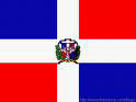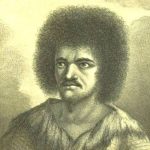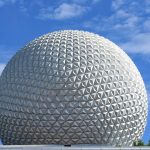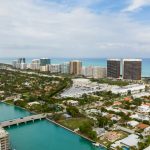
Country Overview:
Christopher COLUMBUS arrived to this island on his first voyage in 1492, the island of Hispaniola became a springboard for Spanish conquest of the Caribbean and the American mainland. In 1697, Spain recognized French dominion over the western third of the island, which in 1804 became Haiti. The remainder of the island, by then known as Santo Domingo, sought to gain its own independence in 1821, but was conquered and ruled by the Haitians for 22 years; it finally attained independence as the Dominican Republic in 1844. In 1861, the Dominicans voluntarily returned to the Spanish Empire, but two years later they launched a war that restored independence in 1865. A legacy of unsettled, mostly non-representative rule followed, capped by the dictatorship of Rafael Leonidas TRUJILLO from 1930-61. Juan BOSCH was elected president in 1962, but was deposed in a military coup in 1963. In 1965, the United States led an intervention in the midst of a civil war sparked by an uprising to restore BOSCH. In 1966, Joaquin BALAGUER defeated BOSCH in an election to become president. BALAGUER maintained a tight grip on power for most of the next 30 years when international reaction to flawed elections forced him to curtail his term in 1996. Since then, regular competitive elections have been held in which opposition candidates have won the presidency. Former President (1996-2000) Leonel FERNANDEZ Reyna won election to a second term in 2004 following a constitutional amendment allowing presidents to serve more than one term.
Location:
Caribbean, eastern two-thirds of the island of Hispaniola, between the Caribbean Sea and the North Atlantic Ocean, east of Haiti
Geographic coordinates:
19 00 N, 70 40 W
Area:
Total: 48,730 sq km, land: 48,380 sq km, water: 350 sq km
Area – Comparative:
Slightly more than twice the size of New Hampshire
Land boundaries:
Total: 360 km, border countries: Haiti 360 km
Coastline:
1,288 km
Climate:
Tropical maritime; little seasonal temperature variation; seasonal variation in rainfall
Terrain:
Rugged highlands and mountains with fertile valleys interspersed
Elevation extremes:
Lowest point: Lago Enriquillo -46 m
Highest Point:
Highest point: Pico Duarte 3,175 m
Natural Resources:
Nickel, bauxite, gold, silver
Population:
9,507,133 (July 2008 est.)
Nationality:
Dominican(s)
Nationality:
Dominican
Ethnic groups:
Mixed 73%, white 16%, black 11%
Religions:
Mixed 73%, white 16%, black 11%
Languages:
Spanish
Country Name:
Dominican Republic
Government Type:
Democratic republic
Capital Name:
Santo Domingo
Independence:
27 February 1844 (from Haiti)
National Holiday:
Independence Day, 27 February (1844)
Constitution:
28 November 1966; amended 25 July 2002
Legal System:
Based on French civil codes; Criminal Procedures Code modified in 2004 to include important elements of an accusatory system; accepts compulsory ICJ jurisdiction
Executive Branch:
President Leonel FERNANDEZ Reyna (since 16 August 2004); Vice President Rafael ALBURQUERQUE de Castro (since 16 August 2004); note – the president is both the chief of state and head of government
Head of Government:
President Leonel FERNANDEZ Reyna (since 16 August 2004); Vice President Rafael ALBURQUERQUE de Castro (since 16 August 20
Cabinet:
Cabinet nominated by the president
Elections:
president and vice president elected on the same ticket by popular vote for four-year terms (eligible for a second consecutive term); election last held 16 May 2008 (next to be held in May 2012) election results: Leonel FERNANDEZ reelected president; percent of vote – Leonel FERNANDEZ 53.6%, Miguel VARGAS 41%, Amable ARISTY less than 5%





